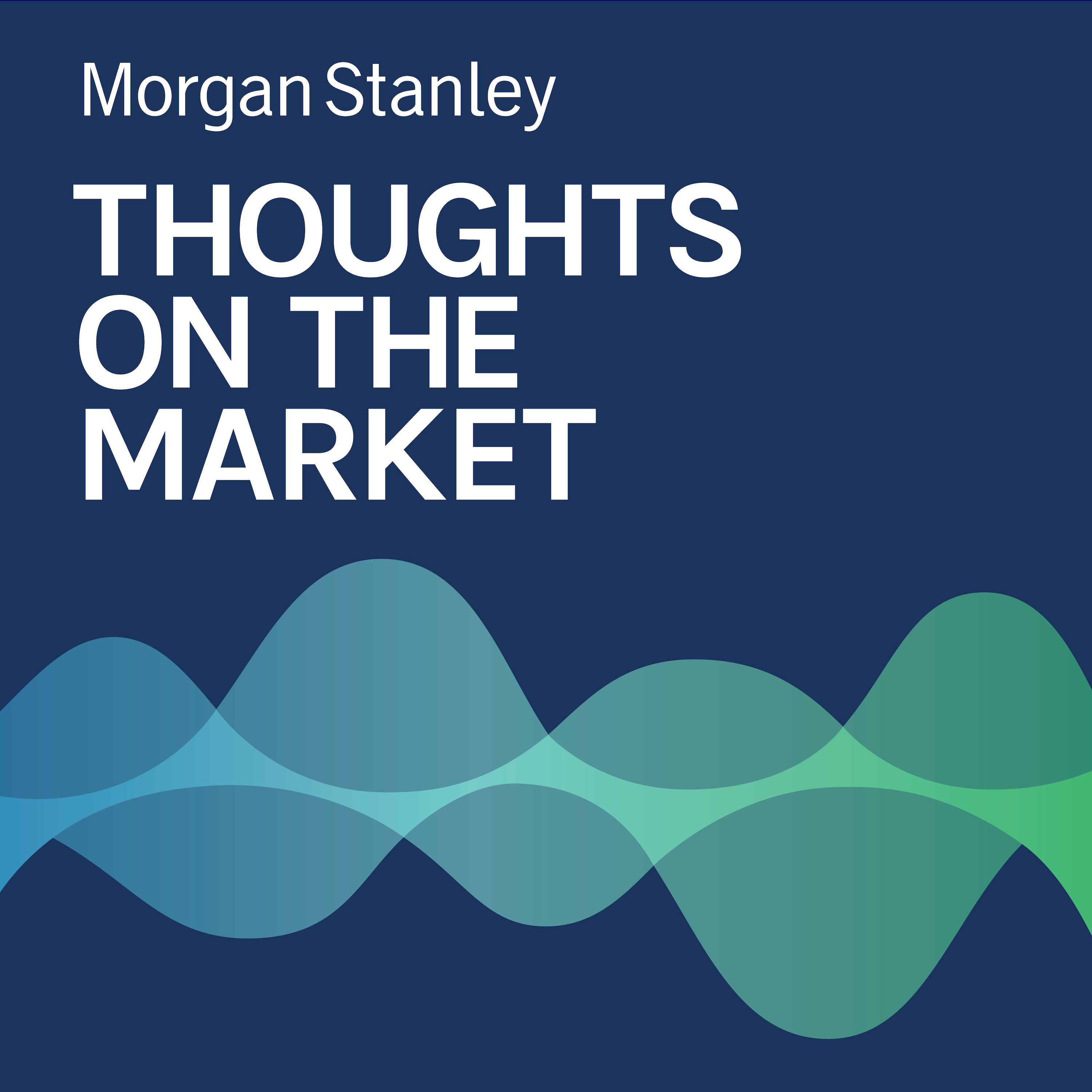What Could the Dockworkers’ Strike Mean for Growth and Inflation?
Description
Thousands of U.S. dockworkers have gone on strike along the East Coast and Gulf Coast. Our Global Head of Fixed Income and Thematic Research Michael Zezas joins U.S. economist Diego Anzoategui to discuss the potential consequences of a drawn-out work stoppage.
----- Transcript -----
Michael Zezas: Welcome to Thoughts on the Market. I'm Michael Zezas, Global Head of Fixed Income and Thematic Research for Morgan Stanley.
Diego Anzoategui: And I'm Diego Anzoategui from the US Economics team.
Michael Zezas: And today, we'll be talking about the implications of this week's US dockworker strike on the US economy.
It's Wednesday, October 2nd, at 11am in New York.
Diego, as most of our listeners likely know, yesterday roughly 45,000 US dockworkers went on strike for the first time in perhaps decades at 36 US ports from Maine to Texas. And so, I wanted to get your initial read on the situation because we're obviously getting a lot of questions from clients concerned about what this could mean for growth and inflation.
Diego Anzoategui: Yeah, of course, there's a lot of uncertainty about this situation because we don't know how long the strike is going to last. But the strike can in principle hit economic growth and boost inflation -- but only if it is long lasting, right. Local producers and retailers, they typically have inventories of final and intermediate goods, so the disruption needs to be long enough so that those inventories go down to critical levels in order to see a meaningful macroeconomic impact.
But if the strike is long enough, we might see an important impact on economic activity and inflation. If we look at trade flows data, roughly 30 per cent of all goods imports and exports are handled by the East and Gulf ports.
Michael Zezas: So then let's drill down on that a bit. If the strike continues long enough and inventories decline, what are the shocks to economic growth that you're considering?
Diego Anzoategui: Yeah, I would think that there are two main channels through which the strike might hit economic activity. The first one is a hit to local production because of disruptions in the supply of capital goods and intermediate goods used for domestic production. We not only use the ports to bring final goods, but also intermediate and capital goods like machinery, basic metals, plastic, to name a few.
And the second channel is directly through exports. The East Coast and Gulf ports channel 84 per cent of exports by water. Industries producing energy, chemicals, machinery, cars, might be affected by these bottlenecks.
Michael Zezas: Right, so fewer potential imports of goods, and fewer potential productive capacity as a consequence. Does that have an impact on inflation from your perspective?
Diego Anzoategui: Yes, it can have an impact on inflation. Again, assuming that the strike is long lasting, right? I would expect acceleration in goods prices, in particular key inputs coming from the Eastern Gulf ports. And these are cars, electronics, clothes, furniture and apparel. All these categories roughly represent 13 per cent of the core PCE basket, the price index.
Also, you know, a meaningful share of food and beverages imports come through water. So, I would also expect an impact there in those prices. And in terms of what prices might react faster, I think the main candidate is food and beverages -- and especially perishable food that typically have lower inventory to sales ratios.
And if we start seeing an increase in those prices, I think that would be a good early signal that the disruptions are starting to bite.
Michael Zezas: That makes sense. And last question, what about the impact to the US workforce? What would be the impact, if any, on payroll data and unemployment data, reflecting workforce impact -- the types of data that investors really pay close attention to.
Diego Anzoategui: Yeah. So, we will likely see an impact on nonfarm payrolls, NFP, and the unemployment rate if the strik
More Episodes
As President-Elect Trump’s new administration takes shape, all eyes are on fiscal policy that may follow. Our Global Chief Economist Seth Carpenter uses the United Kingdom’s recent election as a guide for how markets could react to a policy shift in the US.
Published 11/13/24
Our Chief Asia Economist Chetan Ahya discusses the potential impact of tariffs on China and other Asian countries following the US election.
Published 11/12/24
Published 11/12/24


